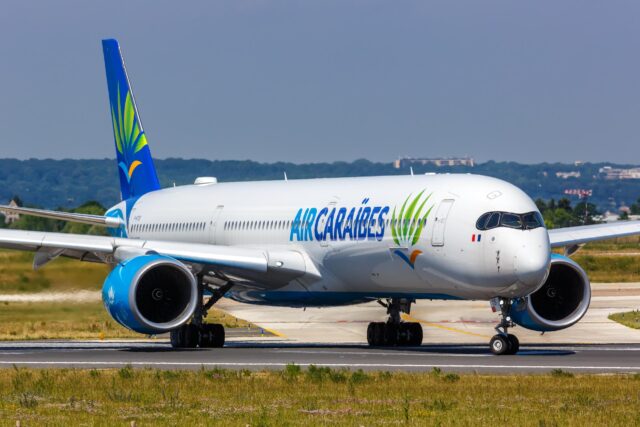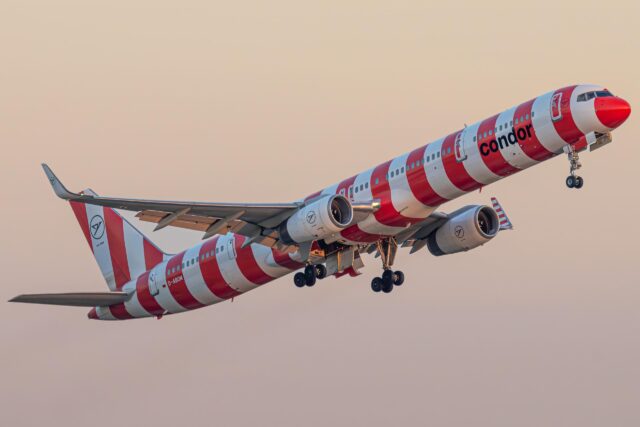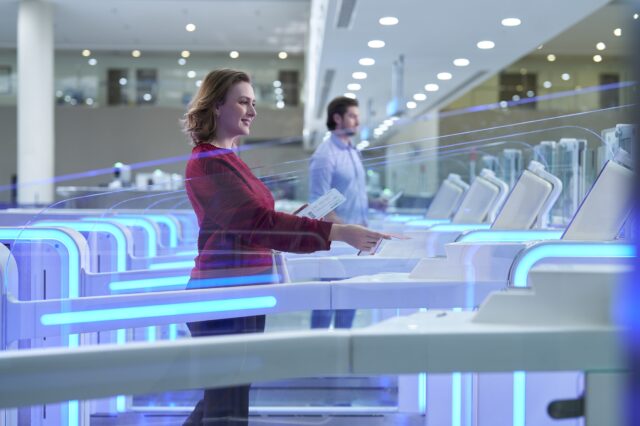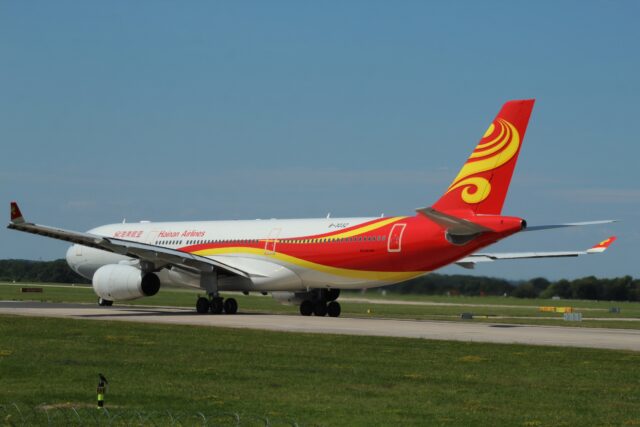Air India asks shareholders for $1.1bn rescue funding as it struggles to rebuild trust after crash

October 31, 2025

Air India has gone back to its shareholders, Tata Sons and Singapore Airlines, for fresh funding as it struggles to steady itself following the June crash that claimed 270 lives and left the carrier facing its biggest crisis in decades.
According to people familiar with the matter, the airline has asked for at least ₹100 billion ($1.14 billion) in support. The funds would go toward stabilising operations, upgrading safety systems, and rebuilding public trust in the brand — something the Tata-owned flag carrier has been striving for since the tragedy in Ahmedabad.
“The crash didn’t just shake confidence in Air India’s safety record — it damaged its image,” said one senior industry consultant based in Singapore. “If they want to rebuild, visible change is the only way forward.”
Air India’s plan to restore stability after the crash
The funding request, first reported by Bloomberg, forms part of a broader reset for the airline. Much of the money would be directed toward modernising maintenance facilities, strengthening engineering oversight, and introducing better digital monitoring of flight operations.
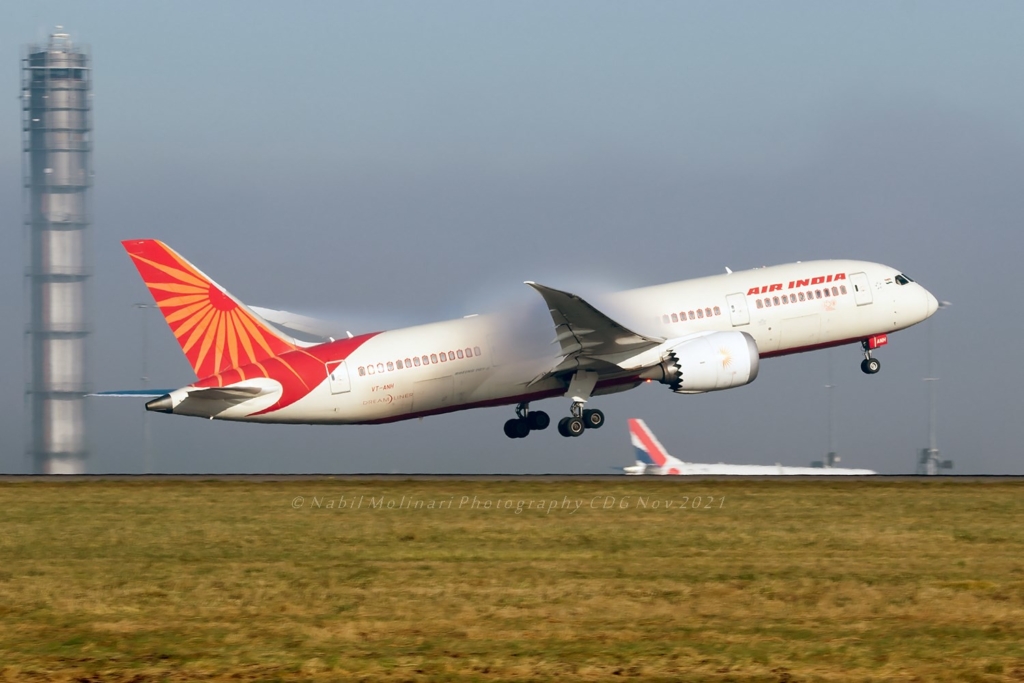
Officials involved in the discussions said the company also plans to expand its in-house maintenance and training capabilities rather than relying so heavily on third-party contractors. The goal, they said, is to give the airline greater control over its technical systems after a period of intense scrutiny from India’s aviation regulator.
Singapore Airlines confirmed to Reuters in an emailed response that it continues to work closely with Tata Sons “to support Air India’s transformation programme, including providing expertise and operational support.” Neither Tata Sons nor Air India has publicly commented on the funding request.
Tata Sons and Singapore Airlines discuss fresh Air India funding
Tata Sons, which holds 74.9 per cent of Air India, and Singapore Airlines, which owns the rest, are considering whether the money should be injected as fresh equity or provided as an interest-free loan. Both shareholders have been closely involved in the airline’s restructuring since Tata regained control in 2022, ending decades of state ownership.
People briefed on the matter said the two shareholders are also reviewing Air India’s capital structure, debt levels, and timeline to profitability. “They’re not just talking about money, they’re talking about credibility,” said a person with knowledge of the discussions. “Air India has to show it can meet modern safety and service standards.”
How Air India went from nationalised airline to Tata ownership
When Tata Sons bought back Air India from the government, it was hailed as a homecoming. The group had founded the airline in 1932, before it was nationalised after independence.
Following the 2022 takeover, Tata launched an ambitious revival plan: merging Vistara into Air India, placing a record order for 470 new aircraft from Airbus and Boeing, and working to regain lost ground on long-haul routes once dominated by Gulf carriers.

The June crash changed that trajectory almost overnight. The Boeing 787 went down minutes after taking off from Ahmedabad, killing passengers and crew and injuring dozens on the ground. Investigators have been analysing maintenance logs and crew training data to determine what went wrong.
India’s Directorate General of Civil Aviation ordered a full review of Air India’s safety systems, prompting the airline to ground part of its widebody fleet over the summer. Between June and August, international capacity fell by roughly 15 per cent as aircraft and crews underwent additional checks and retraining.
Air India’s safety review and financial challenges after the crash
For an airline already struggling to reach break-even, the setback was severe. Analysts told Bloomberg that Air India’s goal of returning to profit by the end of the current fiscal year now looks unlikely.
CEO Campbell Wilson has told staff that the next phase of the company’s transformation will be built around “discipline, transparency and accountability.” Reviews are now underway in areas ranging from flight operations to engineering management.
The accident has underscored how fragile Air India’s turnaround still is. After decades of underinvestment under state ownership, the carrier has had to rebuild almost every aspect of its operation — fleet, training, technology and culture — while competing with low-cost rivals like IndiGo, which now holds more than 60 per cent of the domestic market and remains profitable.
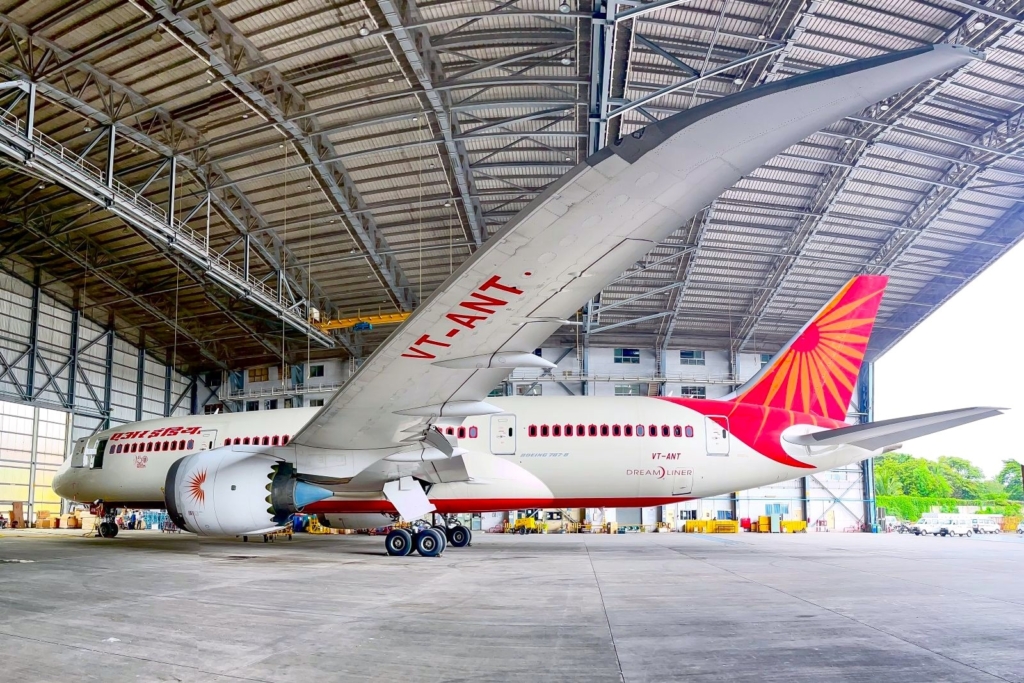
For Singapore Airlines, Air India’s recovery is about more than financial exposure. The company has been closely involved in aligning the Indian carrier’s procedures with international standards, especially in engineering and maintenance.
Tata Sons, meanwhile, is working to build a self-sustaining aviation ecosystem in India, spanning aircraft assembly partnerships, maintenance, and training.
People familiar with the funding proposal said part of the new capital would go toward expanding Air India Engineering Services Ltd., the subsidiary responsible for aircraft maintenance and component repair.
“Developing in-house engineering is central to Tata’s long-term plan,” said one Mumbai-based aviation executive. “It’s about reducing dependence on foreign vendors and building technical depth within India.”
Rebuilding trust and credibility in the Air India brand
Despite the turbulence, most analysts believe Air India’s broader strategy remains intact. The airline’s vast aircraft order and integration with Vistara will eventually deliver scale, while Singapore Airlines’ support lends operational credibility abroad.
But rebuilding trust at home will take time. “The Tatas can’t let Air India stumble now,” said an industry watcher. “The brand carries too much weight — commercially, politically, and emotionally.”
